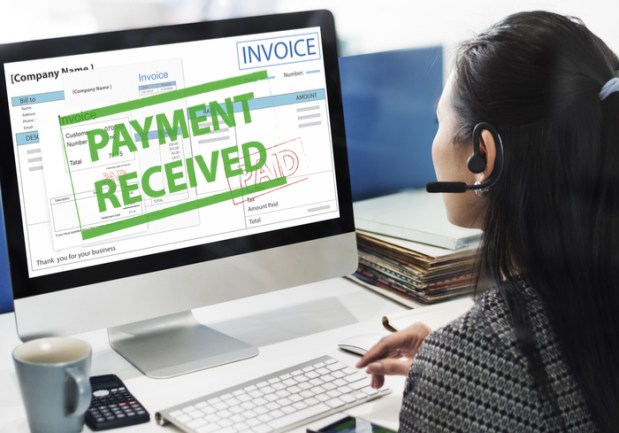Why The Time Is Right For Banks To Offer Integrated Receivables

It’s a time of great transformation for payments in the eyes of FinTechs: “The payment market is changing rapidly with the adoption of electronic payments and soon-to-be real time payments,” DadeSystems Chief Marketing Officer Tom Berdan told PYMNTS.com in an interview. For receivables, Berdan noted that larger banks have done well with lockboxes as have smaller banks have with remote deposit capture (RDC). But those trends are on the decline, according to Berdan, as more payments become electronic.
With electronic payments, a corporation might be left with a tedious reconciliation process. A corporate customer, for instance, might send a payment via automated clearing house (ACH) for a certain amount along with information that indicates when a payment will be deposited and how many invoices it will cover. Berdan said a corporation, in turn, might have to parse through that data. If they are lucky, they might use an Excel spreadsheet. But, if not, they might have to sort through the body of an email. In any case, the customer might have to wait for the payments to come through in order to manually post them — a pain point for corporations.
“Corporates are looking for technology to help solve this growing burden of these electronic payments,” Berdan said. That is, corporates receive wires and credit card payments, and they are seeking to automate them with integrated receivables solutions. For that reason, Berdan said they are starting to look outside of banks to purchase software from FinTechs to provide those services. As a result, Berdan said banks “absolutely positively need to get involved in the integrated receivables market” if they want to stay in the payment space with their large middle-market and corporate customers.
Beyond larger institutions, smaller banks can enter the market by using newer capabilities with Remote Deposit Capture (RDC). Typically, this technology comes in the form of a scanner at the location of a business, where checks get mailed on a daily basis. But once all the checks get deposited, an accounting clerk in an organization still has to parse data and post all of those payments. With newer RDC capture capabilities, however, Berdan said that corporates can scan payments including remittances as well as a full-sized document oftentimes. Through this kind of solution, then, small business customers effectively have the capability to have integrated receivables. And banks, in turn, can handle all of their payments including ACH.
In sum, corporates are looking for software and, in some cases, services to handle reconciling all of their payments in a single solution. Banks, on the other hands, can tap into integrated accounts receivables solutions to solve this need for their corporate customers amid the rise of electronic payments.
